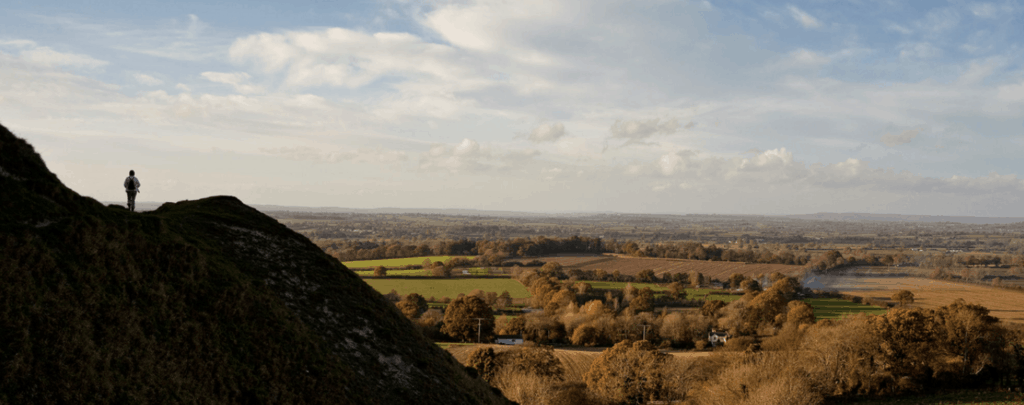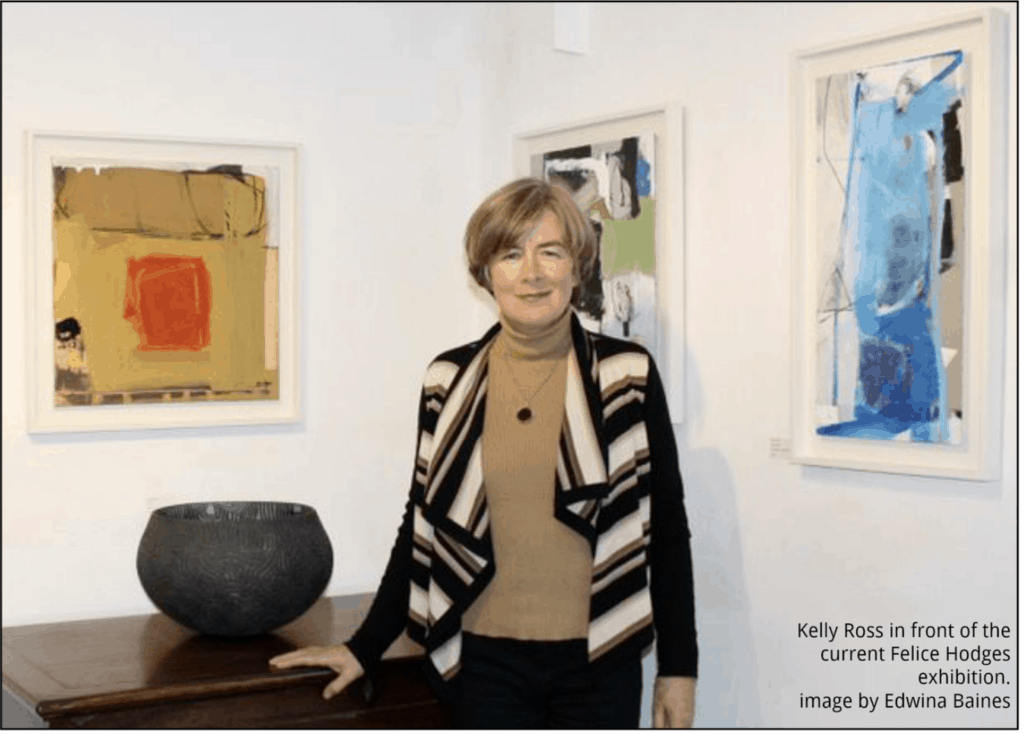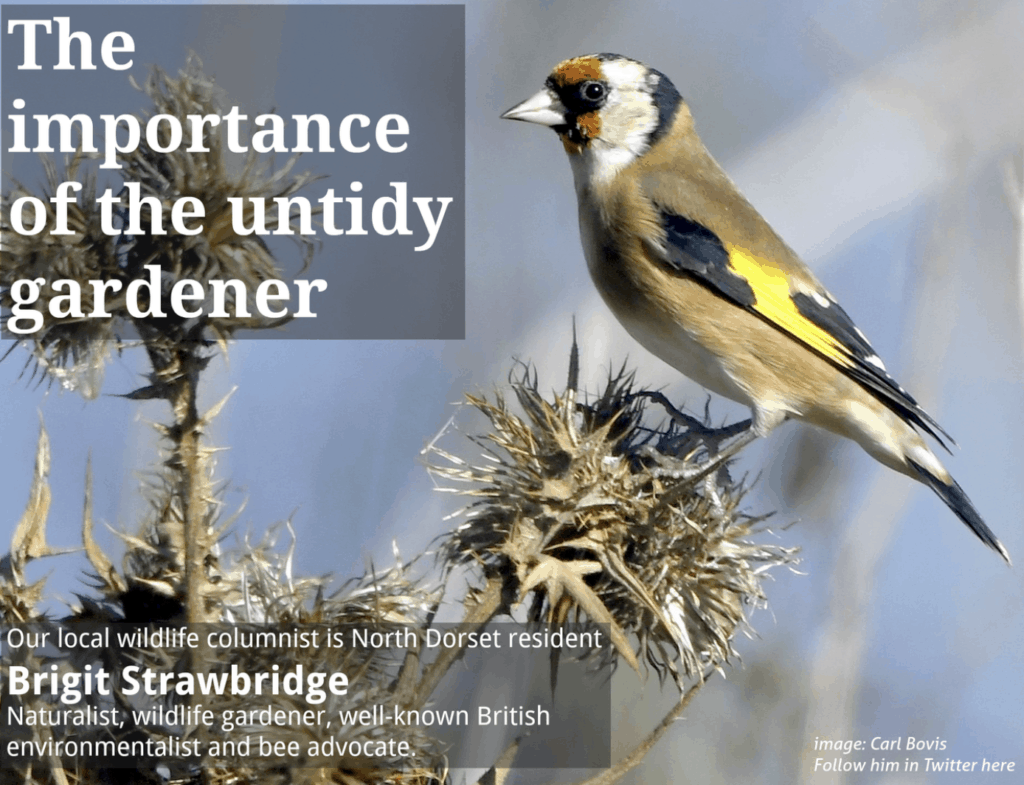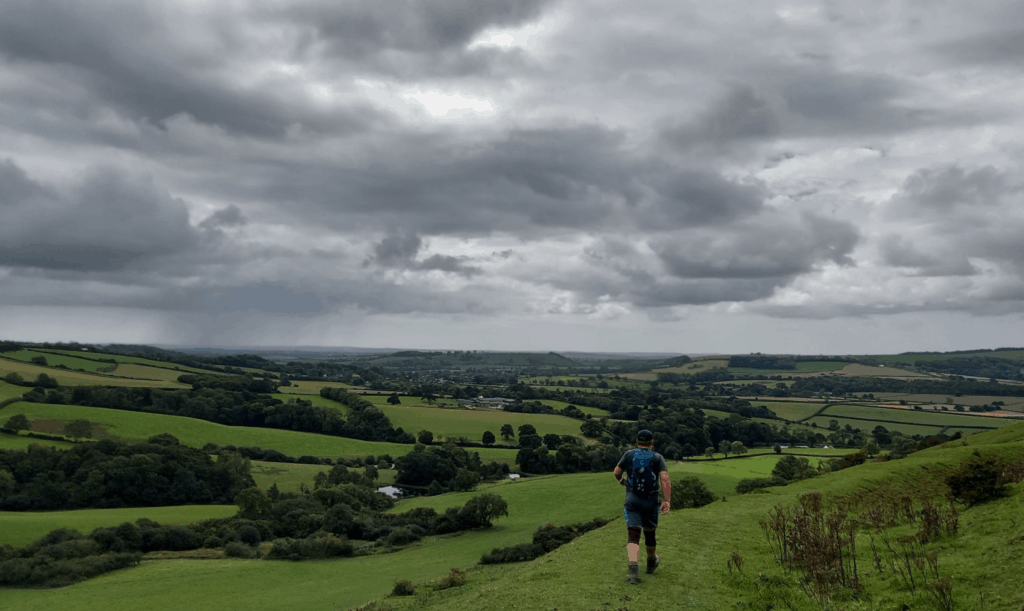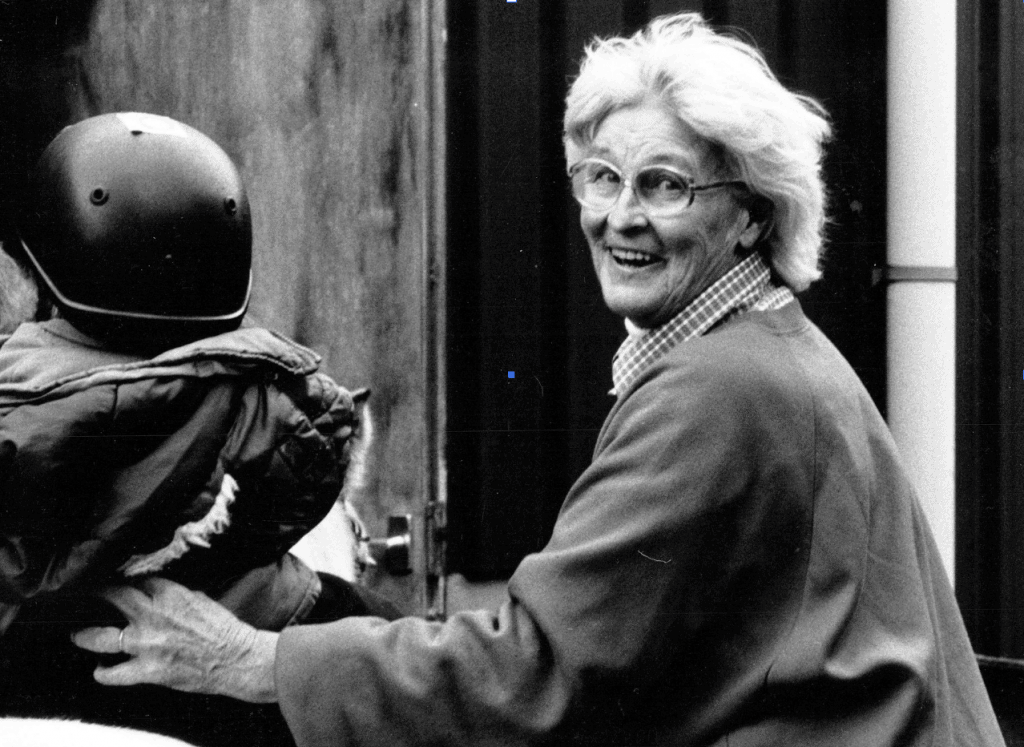Driving from Mappowder up to Hazlebury Bryan, you enter Wonston and, thanks to the imagination of one household (and I’m presuming it was the male), you’ll note an enormous rock of mellow Sherborne stone with the house name, Hawkwell, beautifully carved and emphasised in black.
Despite only being there for a month, the stone has started to weather attractively. Stopping to admire it, I chatted to the affable owner just after it was installed.
I told him how I liked it and, going off on a flight of fancy, asked if the conversation with his wife to have a bold house name plaque went like this.
Husband (hesitantly). ‘I’ve um …ordered a sort of …err plaque so people can find us’.
Wife: ‘Oh, lovely, is it nice and discrete?’
Husband: ‘Err…..sort of.’
Wife (immediately wary): ‘What exactly have you ordered? Not too big is it?’
Husband: ‘No, no, no. It’s …well … it’s certainly noticeable’.
The house owner laughed when I suggested this and said, ‘not far off it’ or words to that effect.
I should mention that the stone weighs 1.5 tons. I think it’s great. And no Amazon delivery van will miss it, therefore avoiding diesel fumes as they drive up and down to locate the right house, therefore helping to save the planet. Which is just as well as the house sign consists of a fair part of the planet.
The rock is similar to that which marks the Bere Regis community of Shitterton, near, I believe, where Queen’s guitarist Brian May has a badger sanctuary – when buying it I wonder if the land agent asked which plot the famous guitarist wanted, and Brian replied, ‘I want it all, and I want it now’, obviously playing air guitar after that last bit.

The reason for this three ton sign is simple: the old sign kept being nicked. I’m guessing the Hawkwell sign will be there for a while, too.
And on the subject of racy signs, I bring you an anecdote from my dentist, ex-Army colonel Ian Mercier – the only dentist I’ve known who makes me laugh non-stop during an examination and treatment.
When stationed in Germany, he says all new squaddies were entranced by a nearby town which gloried in the name of Wanker (obviously pronounced Vanker, locally). Such was the draw for the soldiers to have their photos and selfies taken next to it, the town had to invest in a car park to accommodate the admiring crowds.
Which brings me to the slightly puzzling sign just on the Sherborne side of Milborne Port which carries the intriguing slogan, ‘The Spirit of Milborne Port’.
Although I do wonder what this spirit is (gin, perhaps, a poltergeist) I do admire the town elders for putting it there. Actually, it is of course, Community Spirit they’re celebrating, and it’s worth a drive through the town to enjoy the enormous poppies on the side of the through road.
And, I think that Sturminster Newton should do the same. There’s a real community spirit emerging in what was a declining market town. From the scarecrows to the current rash of pumpkins, to the enlivened markets – including the one next Friday, November 6th.
If I could find my hat, I’d put in on in order to then take it off to those responsible for this rejuvenation. But I can’t find it.
There’s a great local band that usually plays for free on such occasions. I know this because I am guitar tutor for their guitarist, Wild Johnny Dare.
John first came to me when the band was forming. Their raison d’etre is to play 60s music, but they didn’t have a name. I did suggest that as they were doing old pop songs, and they’ve all matured, more or less gracefully, that the band name should be The Hip Replacements. Surprisingly this was rejected, after, I should imagine, 1.5 seconds’ consideration, and they’re named The Sturminstrels.
It’s a pleasure working with John on such songs as I was unaware of most of them. My other students want to learn Led Zeppelin or, in the case of a 12 year-old, stuff by Green Day or Lil Nas X, so I’ve had to quickly learn about 30 ditties by the likes of The Searchers, The Shadows, Roy Orbison, Billy J Kramer and The Beatles. Want to learn Sittin’ on the Dock of the Bay or Mustang Sally? I’m yer man.
At first I was a bit sniffy about playing such old stuff, but I quickly learnt that they are invariably fine examples of song writing. Catchy tunes, engaging lyrics, strong start, a good middle eight (or bridge) and a good close.
We’re currently doing Have I The Right, by The Honeycombes. It’s a bit disconcerting if you Google it as the old show is introduced by the ghastly Jimmy Savile (I knew he was a wrong ‘un when I was ten years-old), but the song at the time must have been as shocking as the punk explosion in 1976 (when I bunked off school to see The Clash at the Bournemouth Winter Gardens).
It’s generally Yasser from the Corner Café in the pedestrian bit in Stur that organizes The Sturminstrels to play, possibly with the inducement of his famous Moussaka. So, pop in and buy a coffee off this genial fella to thank him, if you can.
Andy Palmer




